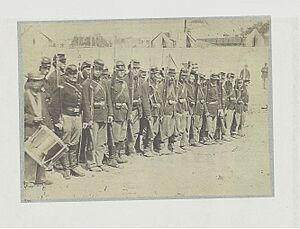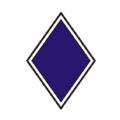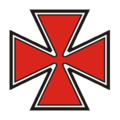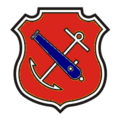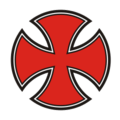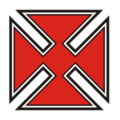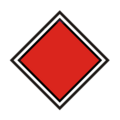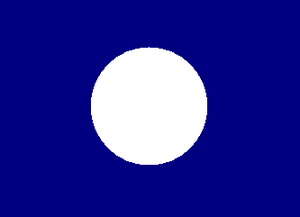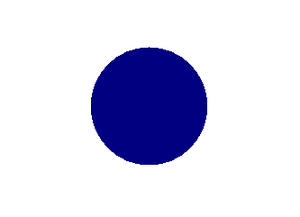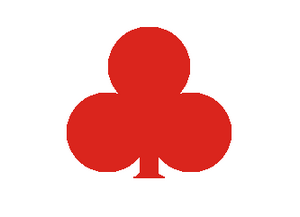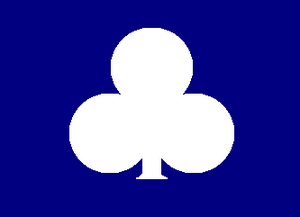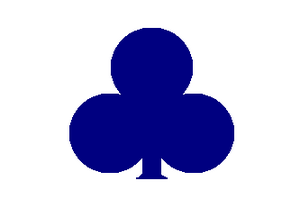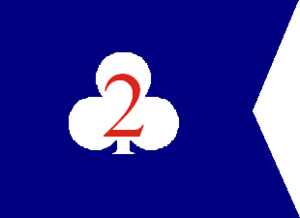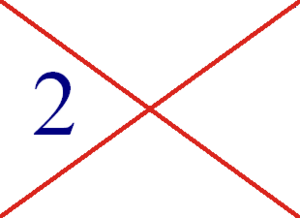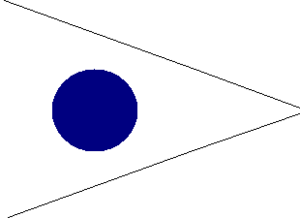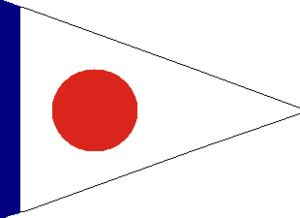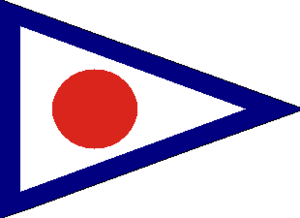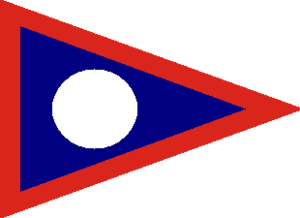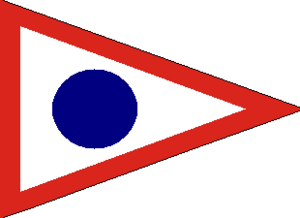American Civil War Corps Badges facts for kids
During the American Civil War, soldiers in the Union Army wore special Corps badges. These badges helped tell different groups of soldiers apart. They were usually worn on their caps, hats, or over their left chest pocket.
The idea for these badges came from Major General Philip Kearny. One time during a battle, he accidentally gave orders to officers who weren't in his command. To stop this from happening again, he told his soldiers to sew a 2-inch (about 5 cm) square of red cloth onto their hats.
Later, Major General Joseph Hooker took command of the Army of the Potomac. He liked Kearny's idea and made it a rule for his entire army. This way, soldiers could be easily identified from a distance, making it easier to organize troops during battles.
Contents
What Are Corps Badges?
Major General Daniel Butterfield, who worked closely with General Hooker, was given the job of designing these special badges. He decided that each large group of soldiers, called a corps, would have its own unique shape for its badge.
He also added another rule: each smaller group within a corps, called a division, would have the same badge shape but in a different color. This helped tell which division a soldier belonged to.
Here's how the colors usually worked for the Army of the Potomac:
- Red — For the First Division of a corps.
- White — For the Second Division of a corps.
- Blue — For the Third Division of a corps.
While many other Union Armies used these rules, it wasn't always the same everywhere. For example, the XIII Corps never used a badge at all. Also, the XIX Corps had its own color system: red for the first division, blue for the second, and white for the third.
If an Army corps had more than three divisions, they used other colors:
- Green — For the Fourth Division of the VI, IX, and XX Corps.
- Yellow — For the Fourth Division of the XV Corps. (Sometimes orange was used for a fifth division badge.)
- Multicolor — Used for special groups like headquarters staff or artillery units in some corps.
The badges for regular soldiers were cut from colored cloth. Officers often had their badges custom-made by jewelers, and these were usually of higher quality, sometimes even made of metal. Over time, these badges became an official part of the Army's rules and a big source of pride for the soldiers.
Corps Badges Gallery
Corps Flags
Just like soldiers wore badges, each corps and its divisions also had special flags. These flags helped identify different units on the battlefield and were a symbol of their group's identity.
Examples of Corps Flags
Here are some examples of how corps flags looked for different divisions:
I Corps, Army of the Potomac
| 1st Division | 2nd Division | 3rd Division |
II Corps, Army of the Potomac
| 1st Division | 2nd Division | 3rd Division |
| Corps Hqr's | Artillery Brigade | Quartermaster |
XIII Corps, Army of the Tennessee
The XIII Corps did not have a specific badge or flag designated for them.
Brigade Badges
Even smaller groups of soldiers, called brigades, sometimes had their own badges. These badges often showed the corps and division they belonged to, but with an added symbol or color to show their specific brigade.
I Corps, Army of the Potomac Brigade Badges
See Also
- Major organizations of the Union Army
- Kearny Cross
 In Spanish: Divisas del Ejército (Guerra Civil Estadounidense) para niños
In Spanish: Divisas del Ejército (Guerra Civil Estadounidense) para niños


